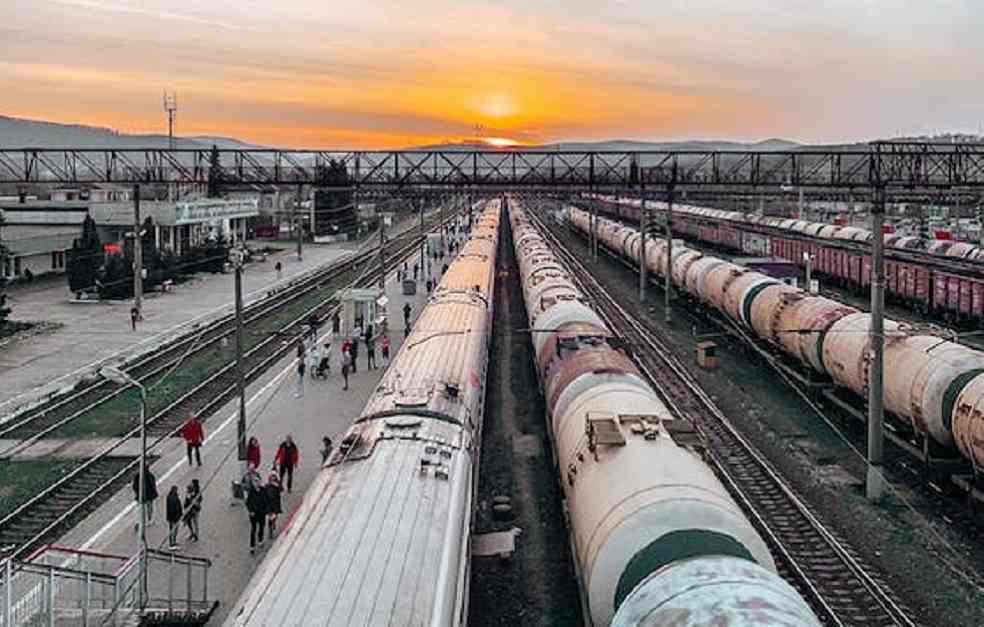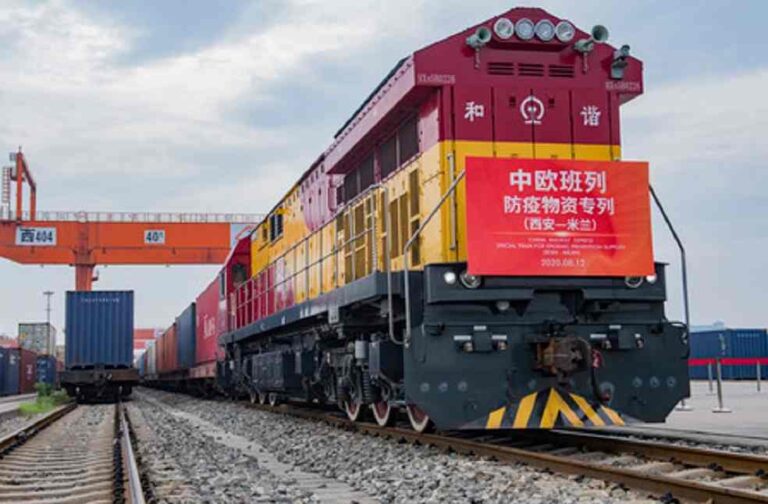When Carlos, a Madrid local, orders a ceiling light online and receives it in record time, he unknowingly becomes a part of a complex global journey spanning over 5,000 miles. The origins of his order trace back to Guangdong Province in southern China, with the final delivery handled by Qxbox Technology Warehousing Ltd, located in his city. This seamless, rapid shopping experience, now enjoyed by Carlos and countless other Europeans, is a testament to the highly efficient logistics network powered by the China-Europe freight trains.
A decade ago, the Belt and Road Initiative (BRI) was conceptualized by China, representing a modern interpretation of the ancient Silk Road trade routes. The China-Europe freight train service emerged from this vision, ingeniously bridging 108 Chinese cities with 208 European cities across 25 countries, embodying the “steel camel caravans” of our time.
Seizing this connectivity potential, Qxbox has established four warehouses globally, including a sprawling 12,000-square-meter facility in Madrid. This hub handles an impressive 6,000 orders daily. Qxbox’s chairman, Mou Jinwen, outlines the value brought by the trains: “Before 2017, it took more than 40 days to transport goods by ship. But freight train services help us to cut the time in half, and at a lower cost.”

Diego Cimadevilla, Qxbox’s subsidiary management director in Spain, emphasizes three fundamental advantages of these freight train services: sustainability, stability, and security. Additionally, they open a swift and cost-effective corridor for Spanish products to reach the voracious Chinese market.
The role of freight train services in propelling China’s cross-border e-commerce trade is significant. As per the data from China’s General Administration of Customs (GAC), the cross-border e-commerce import and export value reached an astounding 2.1 trillion yuan, approximately $295 billion U.S. dollars in 2022, marking a 7.1 percent increase from the preceding year.
The success story of freight trains is not confined to numbers but also extends to the thriving communities it helps foster, like the Xi’an International Trade and Logistics Park. Here, enterprises like Weiju Fanxing Global Cross-border Live Broadcast Base operate, providing an international platform for e-commerce. Established in the Park early in the year, it now hosts 50 live-streaming sessions each week, selling a wide variety of products to overseas customers.

In 2022, the Chang’an China-Europe freight train service recorded a significant 60 percent annual growth for cross-border e-commerce business, with 198 of the total 4,639 trips specifically dedicated to this burgeoning industry. The service connects crucial goods-producing areas in Asia and Europe, such as Mannheim, Prague, and Milan, spanning 17 international routes.
The BRI, over the years, has transformed into a mutually beneficial program that enhances cross-border collaboration. This transformation is vividly captured in the entrepreneurial journey of Kazakh entrepreneur Jumekenova Anita and her Chinese husband, Yuan Zhaohui. They evolved their traditional store in Karaganda, Kazakhstan, into a robust cross-border e-commerce platform, Silkroad City Shop, leveraging the BRI and the China-Europe freight train services.
Anita shares that their platform not only markets products but also offers employment and business start-up opportunities for Kazakhstan’s youth. The benefits derived from the BRI and China-Europe freight trains fuel their desire to extend these advantages to more people along the route.

A decade later, the China-Europe freight trains remain a driving force behind global connectivity, revolutionizing e-commerce and presenting a multitude of opportunities for global trade. This transformative shift is the beacon of a new era, where geographical distances shrink and global commerce thrives.
LATEST NEWS | Brazil-Saudi Investment Forum: 25 MoUs Propel Trade and Economic



